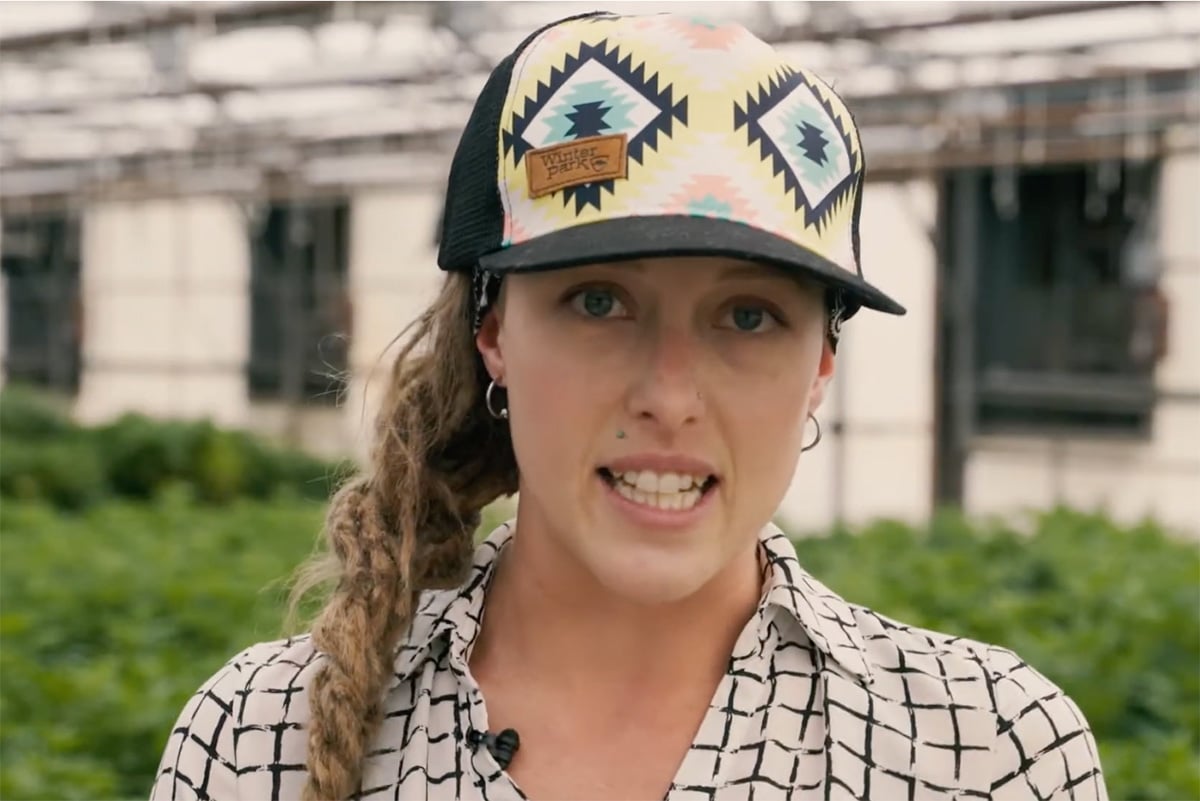Growing
Grow Guide: Integrated Pest Management
One of the most widespread myths regarding hemp is that it is pest and disease resistant. Yes, hemp is quite hardy compared to other agronomics but that doesn’t mean its immune to pests. In fact, some of the pests that affect things like corn or tobacco also affect hemp. Because the hemp industry is still in its infancy, whether you’re growing hemp for CBD hemp oil wholesale to be made into flavored tinctures or other reasons, farmers lack clear guidelines when it comes to managing these pests and diseases. Thankfully, we have some tips.
Nearly 100 fungal pathogens, a number of bacteria, viruses, and parasites, not to mention 300 insect pests have the capacity to harm your thriving hemp crop. With that being said, many of these pests and diseases don’t cause enough harm to trigger economic damage. So rather than saying that hemp is pest and disease resistant, a more accurate phrase would be that hemp is pest tolerant.
Although no clear literature regarding the subject exists, due to lack of research and a budding industry, integrated pest management proves to be the best approach when it comes to maintaining healthy crops.
Integrated Pest Management (IPM) combines multiple methods to manage pest problems. The main goal of this is not to completely eradicate pests, but rather prevent, reduce, or maintain pest populations at non-damaging levels, while relying on as few chemical pesticides as possible.
Knowledge
When it comes to creating an effective IPM strategy, the first step should be accurately identifying the pests and then establishing thresholds to determine when and if action is required. One of the most important factors when it comes to pest management is prevention. It seems quite obvious, doesn’t it? But it’s not as easy as it sounds.
Prevention
There are a few different ways you can prevent pests from hunkering down in your hemp crop. First and foremost, when bringing new plants into a closed environment, indoor growers should always inspect and quarantine plants to avoid to spread of pests and establish sanitation practices to prevent pests from entering on shoes, clothing, or equipment . By maintaining consistent field or environmental conditions, you will reduce the pests’ habitats and in turn their presence.
Monitoring
It’s best to consistently monitor your crops for pests. This way you have the potential to catch the issues before it turns into a real problem. Pheromone traps or yellow sticky cards can be used to asses which and how many pests are present in your crops.
Intervention
If you do detect pests and intervention is required, it is best to evaluate all available options to determine which would be the most effective with the least negative side effects. At this point, you could probably call yourself a plant doctor as you figure out an optimal treatment plan.
Cultural, Mechanical, Biological and Chemical Pest Control
Pest control can often include cultural, mechanical, biological and chemical methods. Integrative pest management strategies often utilize one or more of these options with chemical methods being the last plan of action.
Cultural control methods alter the environment to make the industrial an unaccommodating habitat for pests. These modifications might include practices like altering the irrigation schedule or type to combat mold or root disease. Another example would be growing a companion crop like chamomile to that attracts beneficial insects like ladybugs.
Mechanical controls utilize physical methods to mitigate pest problems. A few examples of this would be removing weeds and diseased plant material, using traps, or putting filters on air intakes.
Biological controls use natural enemies to attack the pest. For example, a greenhouse grower might release predatory mites in their greenhouse in an attempt to control a spider mite problem. These methods prove extremely safe and effective. However, both researchers and farmers notice new pests and diseases almost every day, suggesting much more research is needed to determine which predators are effective at controlling which pests and in what environments these pests and predators thrive.
Lastly, we have chemical control methods or pesticide, which should always be used sensibly.
Up until December 2019, there were no approved pesticides for use on hemp. This changed when the Environmental Protection Agency approved the use of 10 products, 9 of which are biochemical pesticides with one conventional pesticide in the mix. However, it is never recommended that they be the sole pest management method in hemp cultivation.
By approving the use of pesticides, the EPA took the first few steps to providing crop protection to American farmers. Even though research and literature regarding pest management methods and hemp cultivation prove to be lacking, it’s clear that the industry in addition to the United States’ government are moving in the direction of making hemp a national commodity and with that will come comprehensive pest and disease mitigation programs.
Sources:
https://hempindustrydaily.com/hemp-growers-slowly-getting-help-battle-weeds-pests/




